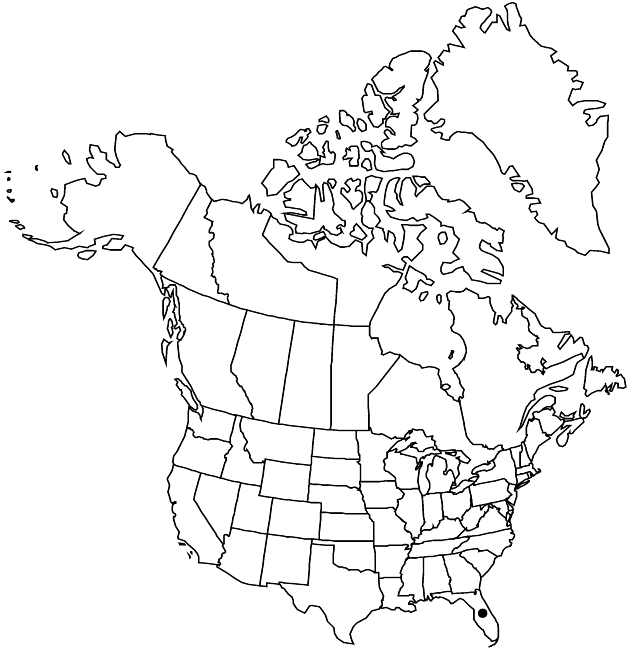Difference between revisions of "Chrysopsis godfreyi"
Canad. J. Bot. 56: 2092, figs. 1–8. 1978.
FNA>Volume Importer |
imported>Volume Importer |
||
| Line 8: | Line 8: | ||
}} | }} | ||
|common_names=Godfrey’s goldenaster | |common_names=Godfrey’s goldenaster | ||
| + | |special_status={{Treatment/ID/Special_status | ||
| + | |code=E | ||
| + | |label=Endemic | ||
| + | }}{{Treatment/ID/Special_status | ||
| + | |code=C | ||
| + | |label=Conservation concern | ||
| + | }} | ||
|basionyms= | |basionyms= | ||
|synonyms= | |synonyms= | ||
| Line 47: | Line 54: | ||
|publication title=Canad. J. Bot. | |publication title=Canad. J. Bot. | ||
|publication year=1978 | |publication year=1978 | ||
| − | |special status= | + | |special status=Endemic;Conservation concern |
| − | |source xml=https:// | + | |source xml=https://bibilujan@bitbucket.org/aafc-mbb/fna-data-curation.git/src/bb6b7e3a7de7d3b7888a1ad48c7fd8f5c722d8d6/coarse_grained_fna_xml/V19-20-21/V20_480.xml |
|tribe=Asteraceae tribe Astereae | |tribe=Asteraceae tribe Astereae | ||
|genus=Chrysopsis | |genus=Chrysopsis | ||
Revision as of 20:48, 27 May 2020
Biennials or perennials, 20–50 cm; taprooted (rosettes developing along previous season’s growth at soil level). Stems 1, decumbent or ascending to erect, simple or branched (robust plants), proximally woolly, distally either woolly or densely stipitate-glandular. Leaves: basal sessile, blades oblanceolate, obtuse, 17–100 × 9–12 mm, apically sparsely dentate-serrate, faces long-woolly; cauline blades ovate to linear-lanceolate, 18–34 × 6–17 mm, either abruptly or gradually reduced proximal to arrays, bases sometimes strongly clasping, margins entire, apices acute, faces woolly or glabrous, densely stipitate-glandular. Heads 5–15(–25) (nodding in bud) in corymbiform to paniculiform arrays. Peduncles 2–8 cm, densely stipitate-glandular; bracteoles lanceolate to linear, either glabrous and densely stipitate-glandular or densely woolly and stipitate-glandular. Involucres campanulate, 9–12 mm. Phyllaries in 4–5 series, unequal, linear-lanceolate, 0.8–1.1 mm wide, apices spreading to recurved, attenuate to long-attenuate, faces densely stipitate-glandular. Ray florets 16–36; laminae 10–15 mm. Disc florets 40–90; corollas 6–8 mm, lobes 0.5–1 mm. Cypselae 2–2.5 mm, without ridges, shallowly ribbed, faces moderately strigose; pappi in 3 series, outer of linear scales 0.3–0.8 mm, inner of 30–35 bristles 6–7 mm, inner weakly clavate. 2n = 10.
Phenology: Flowering Oct–Nov.
Habitat: Deep sand, interdune hollows, often helping to stabilize dunes, openings in oak-scrub on dunes, disturbed roadsides, disturbed sites
Elevation: 0–10 m
Discussion
Of conservation concern.
Chrysopsis godfreyi is found on the coastal barrier islands of western Florida. Habitat destruction has eliminated most populations east of the National Seashore, including the type locality. Two distinct forms occur in nearly all populations: forma godfreyi has densely long-woolly pubescence on the cauline leaves and peduncle bracts; forma viridis Semple has green, densely stipitate-glandular cauline leaves and peduncle bracts. The latter is similar to C. languinosa in leaf appearance.
Selected References
None.
